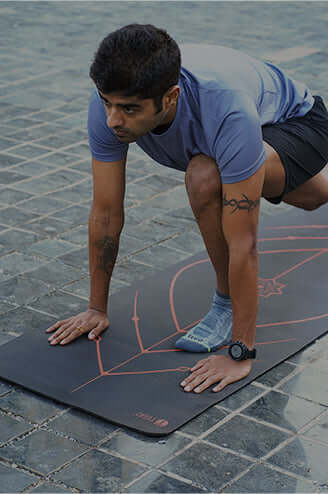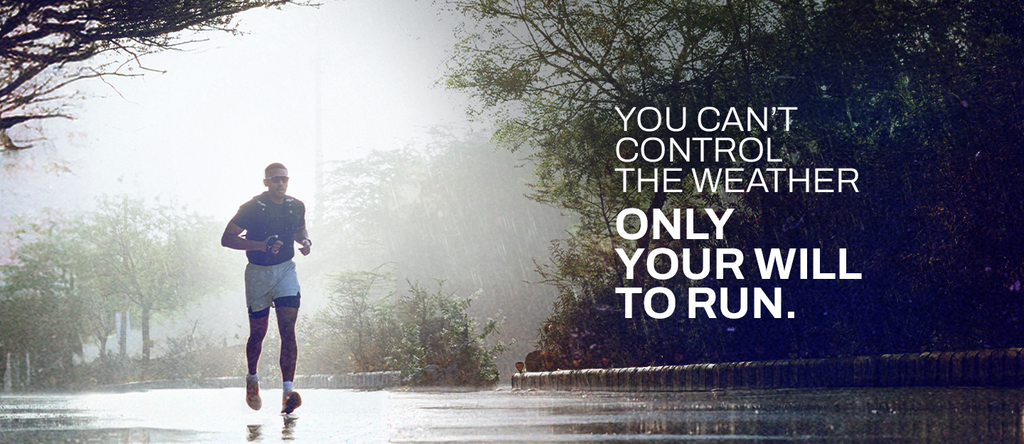You’ve seen it on reels.
People jumping over buildings, climbing over ledges and vaulting over benches. It looks like a scene from a movie altogether - cinematic, and at the same time, making you wonder if you could do it too.
But is that parkour? Yes and no.
Parkour is not just about jumps and flips, it is a new kind of movement. It is a new way of viewing the world; one where obstacles are opportunities, not setbacks. Parkour is about the environment you live in. It is about your body and your mind.
Before we dive into what parkour really is, meet the two people who are shaping how it’s practiced and taught in India.
Dr. Rishi Prasad and Krishna Mehta, founders of the Mumbai Movement Academy, are pioneers in the Indian parkour scene. Their focus delves into the discipline - showing that parkour isn’t about flashy stunts, but about control and curiosity. Whether it’s learning how to land properly or building body awareness, their philosophy is clear: do it right, and do it fully.
So, what exactly is parkour?
Simply put; Parkour is about going from place A to place B - in the most creative and efficient way possible. It is a new type of movement which requires no equipment - just the environment around you and your body. Parkour is a workout that values precision and efficiency. It enhances your decision making.
Parkour traces its roots back to early 20th-century France, where naval officer Georges Hébert developed a philosophy of movement, focused on utility and adaptability. This training influenced military obstacle courses and, later, Raymond Belle, a firefighter whose son David Belle became the modern founder of parkour. In the 1990s, Belle and his group, the Yamakasi, began applying these principles to urban spaces - moving not for show, but for control, efficiency, and discipline. What began as survival training evolved into the Parkour we all know today. (Torres)
How Parkour rewires the idea of discipline
Parkour is a movement that focuses on awareness, not just repetition.
In most training environments where discipline is solely measured by numbers, parkour redefines the concept of hard work. It changes the question from “how many”, to “how well”.
In parkour, discipline means being aware and being precise. It means scanning your environment, calculating risk, committing to a movement with clarity. It’s a test of your ability to adapt in an instant and to problem-solve mid-air. Parkour is a way to channel your instinct and harness your intuition to train yourself.
Where traditional workouts help you master the technique of pushing through resistance, parkour teaches you to work with it, and use it to improve yourself.
Who’s it for?
Honestly? Anyone.
You don’t need to be super fit or fearless to try parkour. You just need to show up for it.
The parkour community is known to be welcoming, with highly supportive coaches. Every move, big or small, counts as progress towards learning this discipline. Parkour doesn’t need you to be a gymnast, nor does it need you to have a certain physique. The motive of parkour is the philosophy behind it - looking at obstacles as opportunities.
Why Parkour matters
In a world that’s always telling us to sit still - in offices, on commutes, behind screens; parkour offers a counterpoint. It invites you to move, not just for the sake of fitness, but as a way to engage with your surroundings. It’s about understanding how you move, how you land, how you recover. It teaches you how to fall - skillfully - and more importantly, how to get back up.
With every move, parkour asks you “Are you sure?” and proceeds to give the affirmative itself. Parkour preaches that a fearless mindset is one that must be chased. It is a conversation with fear.
Whether or not you ever jump over a wall, climb over a ledge or vault across benches; you carry the mindset: to stay aware, to adapt, and to keep exploring what you’re capable of.







